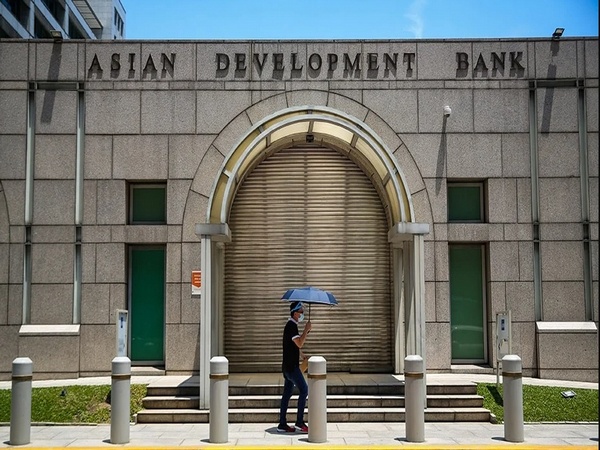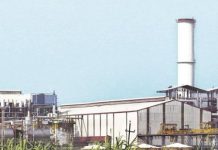New Delhi [India], December 16 (ANI): In an effort to mitigate the impacts of climate change, Asia and the Pacific region, accounting for a substantial 60 per cent of global CO2 emissions, confront the intricate task of decoupling economic growth from carbon-intensive practices.
According to the Asian Development Bank (ADB), the pressing need for this transformation is underscored by the diversity of economic statuses within the region, ranging from high-income nations to emerging economies, each grappling with distinct challenges.
For over two centuries, economic growth in the region has been inexorably linked to the burning of fossil fuels, resulting in the release of CO2, a major driver of climate change.
While Asia generates about 60 per cent of the world’s emissions, China alone contributes half to this total.
Other major players like India, Japan, South Korea, and Indonesia also find themselves among the top ten global CO2 emitters.
Despite the urgency to decouple, data reveals that CO2 emissions have declined in merely a quarter of economies in Asia and the Pacific since 1990, and these represent a mere 9 per cent of the region’s emissions.
Even in high-income Asian economies, emissions show minimal signs of receding. Emissions per capita remain about twice the average in countries with similar income levels outside Asia.
China, the powerhouse of emissions, faces the challenge of balancing economic growth with sustainable practices.
While renewable energies and electric vehicle production have made significant strides, coal consumption continues to rise.
The ambitious goal of staying within 1.5 degrees of warming necessitates a rapid phase-out of coal generation capacity, a task that requires substantial effort and policy alignment.
South Asia, Southeast Asia, and the Pacific witnessed a concerning trend where CO2 emissions outpace GDP growth.
Notably, countries like Bangladesh, Fiji, Indonesia, Thailand, and Vietnam have experienced an increase in emissions faster than their economic growth since the 1990s.
The environmental Kuznets curve, suggesting a decline in environmental damages after an initial increase during early development, faces scrutiny.
Even in high-income Asian economies, emissions per capita have not reduced significantly, challenging the notion that advanced economies with similar income levels elsewhere have achieved a notable decrease.
The crux of the emissions challenge lies in upper-middle-income economies, with China accounting for 61 per cent of the region’s total.
While renewable energies show promise, addressing the existing fossil fuel power plants’ presence impedes the transition.
The Asian Development Bank’s Energy Transition Mechanism aims to tackle these issues by financing the retirement of fossil fuel power plants, and enabling private capital for renewable investments.
Agriculture, contributing 18 per cent to global greenhouse gas emissions, also demands attention.
The call for better integration of agriculture and food systems into climate action, echoed by 134 countries during COP28, emphasizes the need for new technical solutions, shifts in consumption habits, and incentives for livestock farmers to transition to crops.
Transport, often a significant contributor to emissions, finds hope in the rise of electric vehicles.
However, the carbon footprint of these vehicles depends on the electricity that powers them, necessitating a decisive move away from fossil fuels in electricity production.
With 60 per cent of global CO2 emissions originating from Asia, the battle against climate change hinges crucially on the region’s success in decarbonizing its economies.
A comprehensive approach encompassing clean energy generation, sustainable agriculture, and eco-friendly transport is imperative to navigate this pivotal challenge and secure a sustainable future for the region and the planet. (ANI)












